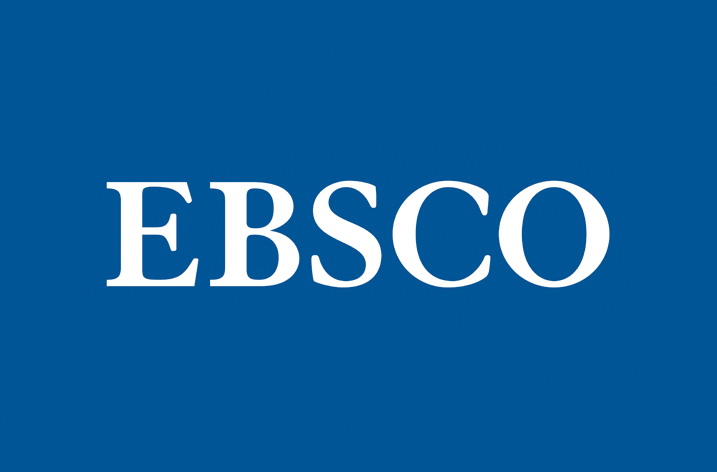
- 100,000 articles means that around 1 in 3 of all Springer Nature articles are immediately published OA
- And takes overall number OA articles ever published by Springer Nature to well over 800,000 – more than twice that of any other publisher
Last year, Springer Nature published over 100,000 articles immediately OA across its portfolio of c600 OA journals and 2200 hybrid journals. This means that 30% of all Springer Nature articles are published fully OA, further cementing its OA leadership position. Springer Nature has also published over 800,000 articles open access in total – more than any other publisher.
The majority of these 100,000 articles were primary research articles which makes Springer Nature the largest publisher of OA primary research in the world.
Commenting Steven Inchcoombe, Chief Publishing Officer at Springer Nature, said:
“We know that there are real benefits to authors of publishing OA, from increased citations, higher numbers of downloads and greater overall impact. I am delighted that our efforts last year mean there are over 100,000 additional pieces of academic literature, of which, importantly, over 93,000 are pieces of primary research, that are freely and immediately available to be discovered, accessed, used and reused to further scientific discovery.
“Springer Nature is committed to open access and finding ways to accelerate growth in OA publishing. We are launching new OA journals, have a growing OA book portfolio and have the most national transformative agreements in place which are enabling us to ‘flip’ countries.
“Having been leading in OA for nearly 20 years means we are also proud to have, over this time, published well over 800,000 articles that are free to access from the moment of publication – significantly more than any other publisher. By publishing the most amount of primary research immediately OA across the largest choice of OA journals covering the broadest range of academic subjects, we are continuing to make the opening up research our primary focus in how we serve the research community”.























